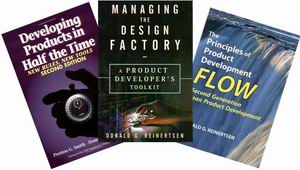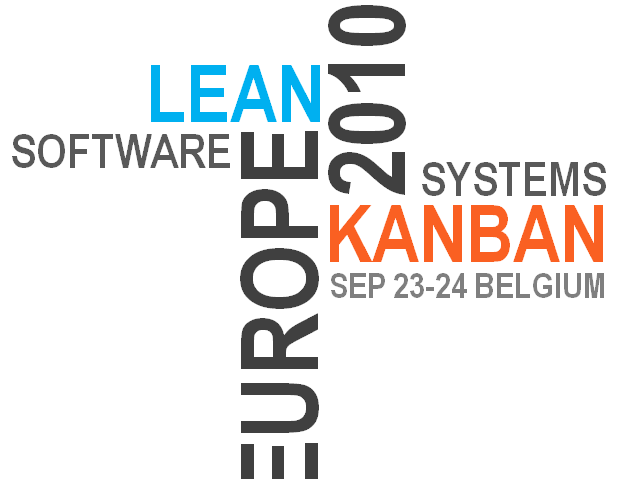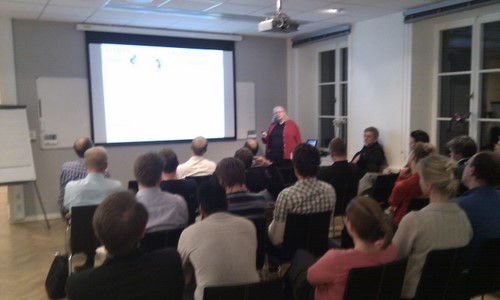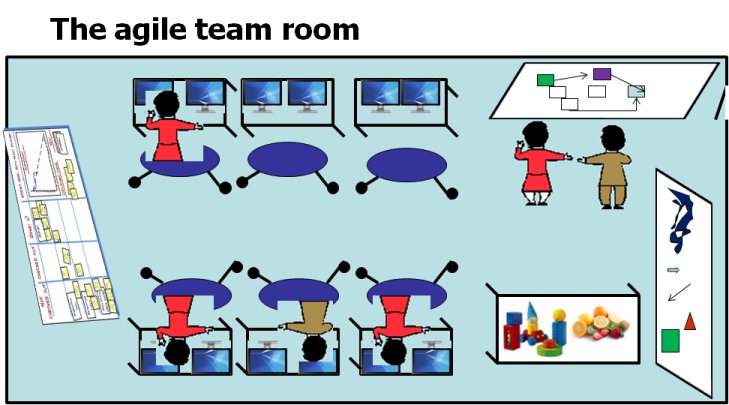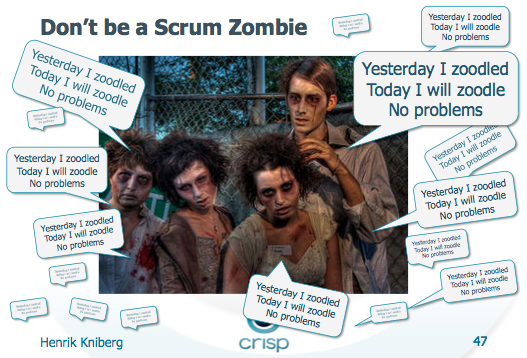På mitt nuvarande uppdrag fick vi nyligen stora problem efter vi släppt senaste releasen. Jag försökte hjälpa till, men prestandaproblem är inte min starka sida. Det blev lätt att jag ville säga "Det där kan jag faktiskt inte".
Men vaddå "faktiskt"? Som om jag kunde allt annat, förutom prestandaproblem?
Continue reading

